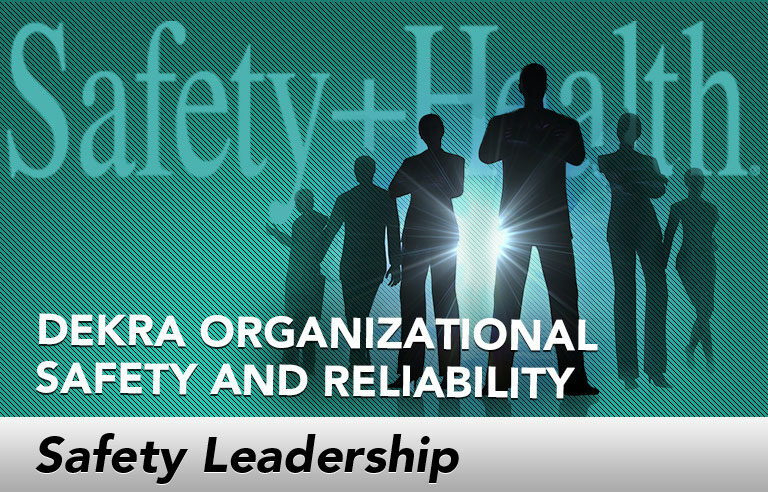Safety Leadership: The value of observational safety feedback

Editor’s Note: Achieving and sustaining an injury-free workplace demands strong leadership. In this monthly column, experts from global consulting firm DEKRA Insight share their point of view on what leaders need to know to guide their organizations to safety excellence.
Parents are on to something when they teach their children to walk to school on their own, suggests new research from the University of Cambridge. As a parent, you know better than to wait for an incident to tell your child what the risks are. Instead, you walk your child to school for a few days to practice. You instinctively call attention to the most significant exposures. You might remind the child to wait for the crossing guard to walk out before proceeding across the street, or emphasize the danger of a person in a car not seeing him or her in a driveway.
You do this because you know these exposures could result in severe or fatal injuries, and you believe that this kind of focus and conversation from day one will make your child less likely to be injured or killed walking to or from school. It is a process of slowing down, discussing the risks, learning and practicing.
If done well, not only do safety observations in the workplace have these same principles, but, according to the research from Cambridge, they also are very effective at keeping workers safe.
Observational safety
The findings from Cambridge’s Judge Business School came from a researcher who has reviewed numerous safety improvement programs. After seeing DEKRA Insight’s work with a client, he proposed a research project in line with his interests in business improvement processes. With our data – gathered from hundreds of clients over two decades – and his research experience and interests, we partnered to understand what aspects of the observation process had the most impact on safety performance.
He found more benefits than reduction in safety incidents. The figure below shows how our clients achieved year-over-year improvements in their employees’ perceptions of organizational support both generally and related to safety specifically.

Although correlation is not causation, the factors evaluated in our employee perception survey are well-proven to relate to business outcomes. The figure below summarizes findings in peer-reviewed research relating cultural factors to better commitment, satisfaction, performance and organizational citizenship behavior, as well as less stress, withdrawal, turnover intention, actual turnover and absenteeism.

What we learned
From a DEKRA perspective, this research effort was invaluable. Even better than independently confirming our own studies, it taught us a lot of new, surprising things.
For example, we learned that trying to involve everyone was not a good strategy – having fewer, well-trained, engaged observers was better than having many. Also, rotating observers was a good idea. Thanks to those findings, we now know how to achieve twice the result with a more effectively designed effort.
Finally, this research confirmed that observation quality matters: When more care is taken to complete observations, results are better. If done well, this research shows, the observation and feedback process is one of the best ways to keep your people safe. That is an inspiring takeaway for all safety leaders … and any parent teaching a child to walk home from school by him or herself, too.
This article represents the views of the author and should not be construed as a National Safety Council endorsement.
 Gennifer Lyon is the manager of business innovation and strategic research at DEKRA Insight.
Gennifer Lyon is the manager of business innovation and strategic research at DEKRA Insight.
Direct to your inbox: Sign up to be notified in email about new "Safety Leadership" columns.
Post a comment to this article
Safety+Health welcomes comments that promote respectful dialogue. Please stay on topic. Comments that contain personal attacks, profanity or abusive language – or those aggressively promoting products or services – will be removed. We reserve the right to determine which comments violate our comment policy. (Anonymous comments are welcome; merely skip the “name” field in the comment box. An email address is required but will not be included with your comment.)

